 Published in 2021 by The Rosen Publishing Group, Inc. 29 East 21st Street, New York, NY 10010 Copyright 2021 by The Rosen Publishing Group, Inc. All rights reserved. No part of this book may be reproduced in any form without permission in writing from the publisher, except by a reviewer. First Edition Editor: Theresa Emminizer Designer: Michael Flynn Interior Layout: Rachel Rising Photo Credits: Cover, p.. Some of the images in this book illustrate individuals who are models.
Published in 2021 by The Rosen Publishing Group, Inc. 29 East 21st Street, New York, NY 10010 Copyright 2021 by The Rosen Publishing Group, Inc. All rights reserved. No part of this book may be reproduced in any form without permission in writing from the publisher, except by a reviewer. First Edition Editor: Theresa Emminizer Designer: Michael Flynn Interior Layout: Rachel Rising Photo Credits: Cover, p.. Some of the images in this book illustrate individuals who are models.
The depictions do not imply actual situations or events. Library of Congress Cataloging-in-Publication Data Names: Morlock, Rachael, author. Title: LGBTQ+ discrimination / Rachael Morlock. Description: New York: Rosen Publishing, [2021] | Series: @RosenTeenTalk | Includes index. Identifiers: LCCN 2020006039 | ISBN 9781499468168 (library binding) | ISBN 9781499468151 (paperback) Subjects: LCSH: HomophobiaJuvenile literature. | Sexual minoritiesJuvenile literature. | DiscriminationJuvenile literature. | DiscriminationJuvenile literature.
Classification: LCC HQ76.4 .M67 2021 | DDC 306.76/6dc23 LC record available at https://lccn.loc.gov/2020006039 Manufactured in the United States of America CPSIA Compliance Information: Batch #BSR20. For further information contact Rosen Publishing, New York, New York at 1-800-237-9932.  CONTENTS Chapter 1 What Does LGBTQ+ Mean? I think Ive always known I was gay. I had my first crush on a boy when I was in first grade. My uncles gay, so I felt pretty safe coming out to my family. It was harder telling my friends.
CONTENTS Chapter 1 What Does LGBTQ+ Mean? I think Ive always known I was gay. I had my first crush on a boy when I was in first grade. My uncles gay, so I felt pretty safe coming out to my family. It was harder telling my friends.
Some kids at school still make gay jokes when Im around. I met Sam this summer when he joined the swim team. We really like each other. I want to tell our friends were dating, but Sams not sure. No one else knows hes gay. Hes afraid of what might happen.
At his last school, a boy was beaten up for being gay. To be honest, Im nervous too. Everyone knows about me, but theyve never seen me with a boyfriend.  EVERYONE IS DIFFERENT Every person has an individual identity. Identity is shaped by a persons are part of identity too.
EVERYONE IS DIFFERENT Every person has an individual identity. Identity is shaped by a persons are part of identity too.  Everyones sexual identity should be accepted.
Everyones sexual identity should be accepted.
Its part of who they are, just like their hair, eye, or skin color. LGBTQ+ is a group of sexual and gender identities. It stands for lesbian, gay, bisexual, transgender, and queer. The plus sign shows that there are even more groups besides these. Sadly, many LGBTQ+ people are treated unfairly. Everyone should have the right to be who they are and love whom they love.
Its important to respect and accept LGBTQ+ people. Fact! All sexual identities are normal. They arent chosen. Theyre a natural part of every person.  MAJORITIES AND MINORITIES The majority of people are heterosexual and cisgender. Heterosexual means that theyre attracted to, or drawn to, members of the opposite sex.
MAJORITIES AND MINORITIES The majority of people are heterosexual and cisgender. Heterosexual means that theyre attracted to, or drawn to, members of the opposite sex.
Cisgender means that their gender identity matches the one marked down for them at birth. People who are not heterosexual or cisgender are often called LGBTQ+. This group is a . But they matter just as much as the majority. SEX AND GENDER When a baby is born, its assigned, or given, a sex. Doctors look at a babys body parts.
They usually decide if its male or female. Not all bodies fit into these groups, though. Some are intersex. Theyre born with mixed male and female parts.  The sex of a baby can be seen even before birth. People often have firm ideas about males and females.
The sex of a baby can be seen even before birth. People often have firm ideas about males and females.
They expect them to behave, or act, in certain ways. Social ideas about how the sexes should behave are called gender. But sex and gender are more than just your body parts. Your inner identity matters too.  Fact! Intersex babies are often given operations to make their body parts fit a standard sex. These are usually not needed.
Fact! Intersex babies are often given operations to make their body parts fit a standard sex. These are usually not needed.
They can be harmful to health. INNER IDENTITY Your inner identity might not match the sex and gender you were assigned at birth. Most people have a strong sense of who they are. That could be male, female, a mix of the two, or neither one. WHOM DO YOU LIKE? Sexual orientation is an important part of identity too. It tells you what kind of person youre attracted to.
Your sexual orientation usually becomes clear as you get older. You might become aware of it as your body changes. It can also change over time. Sexual orientations include asexual, bisexual, gay, lesbian, pansexual, queer, and straight. 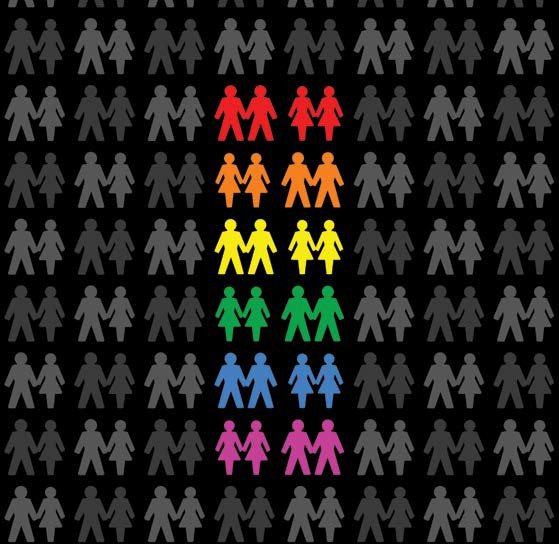 In the United States, 4.5 percent of adults themselves as lesbian, gay, bisexual, or transgender. Bisexual: Someone who is attracted to both men and women. Gay: Someone who is attracted to members of the same sex. Gay: Someone who is attracted to members of the same sex.
In the United States, 4.5 percent of adults themselves as lesbian, gay, bisexual, or transgender. Bisexual: Someone who is attracted to both men and women. Gay: Someone who is attracted to members of the same sex. Gay: Someone who is attracted to members of the same sex.
Gay men are attracted to men. Gay women are attracted to women. Lesbian: A gay woman. Lesbians are sexually attracted to other women. Queer: A term that includes all minority sexual and gender identities. Straight: A person who is attracted to the opposite sex.
Straight men are attracted to women. Straight women are attracted to men. This is also called heterosexual. 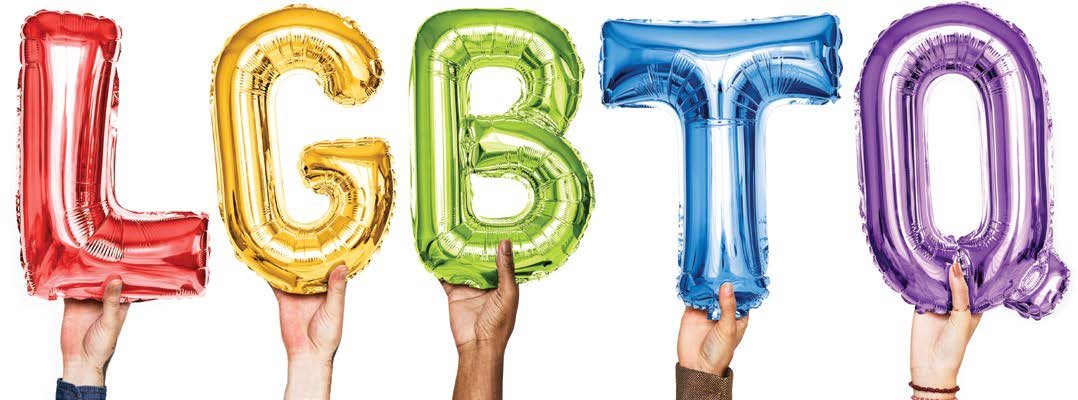 BEING TRANSGENDER Transgender is not a sexual orientation. A transgender person can have any orientation. Being transgender is only tied to gender.
BEING TRANSGENDER Transgender is not a sexual orientation. A transgender person can have any orientation. Being transgender is only tied to gender.
For transgender people, their gender identity doesnt match the one assigned at birth. For example, a person could be raised as a girl but identify as a boy. A transgender person may choose to share their real identity. They might change their gender expression. This refers to things like hair, clothing, and body parts. 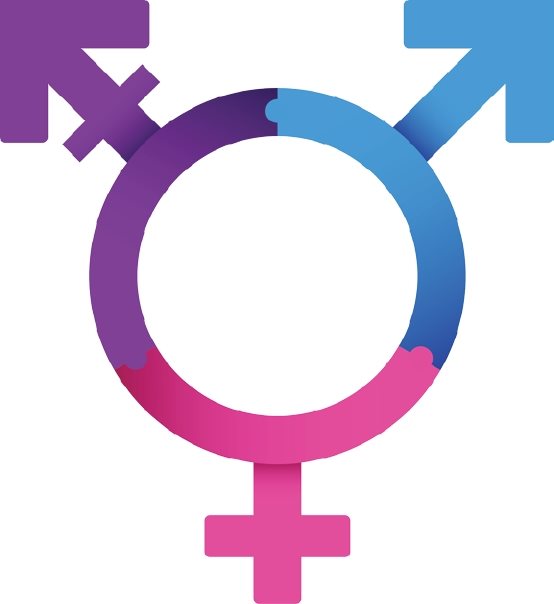
 Transgender people may be asexual, bisexual, gay, lesbian, pansexual, or straight.
Transgender people may be asexual, bisexual, gay, lesbian, pansexual, or straight. 
 Transgender people may be asexual, bisexual, gay, lesbian, pansexual, or straight.
Transgender people may be asexual, bisexual, gay, lesbian, pansexual, or straight.
TRANSGENDER TRANSITIONS Changing gender expression from male to female or female to male is called transitioning. There are no requirements for transitioning. Its different for every transgender person. They may choose any of the following ways to transition: Tell friends, family, and others about their gender identity. Use a name that matches their gender identity. Ask others to use correct pronouns for them.
Next page

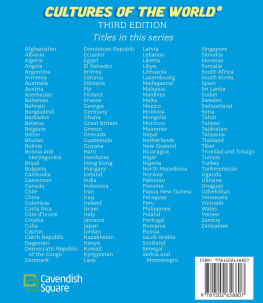
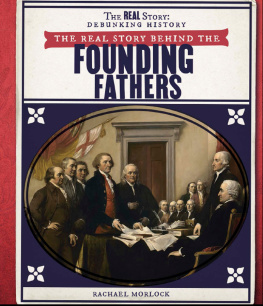
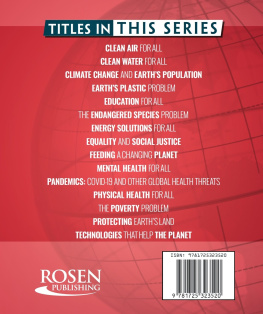

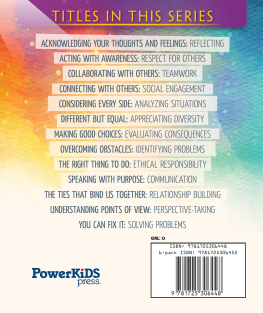
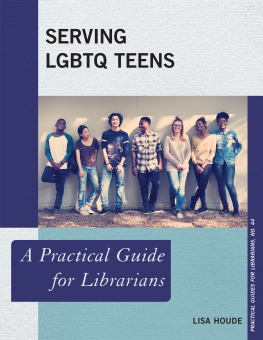
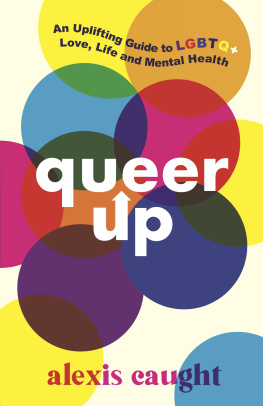
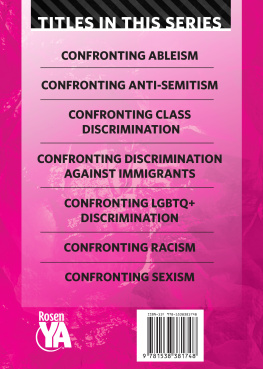
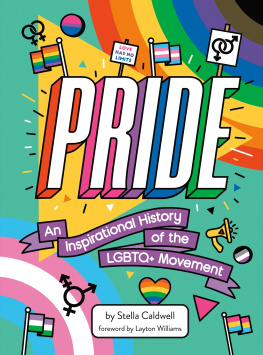
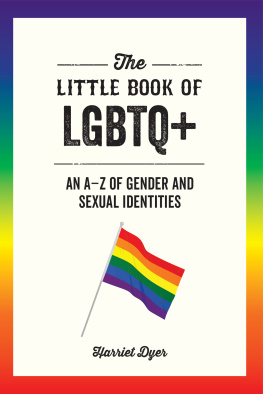

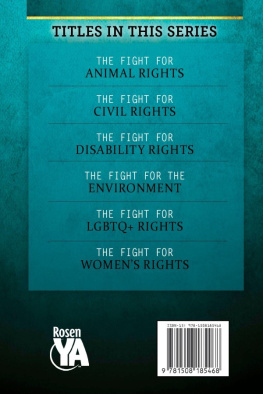
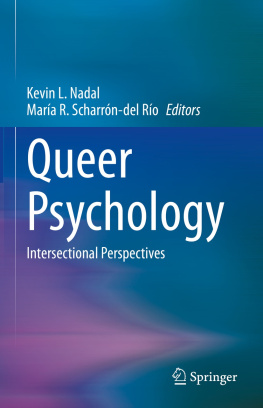
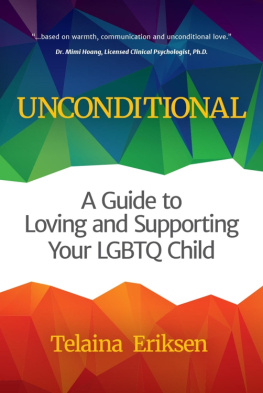

 Published in 2021 by The Rosen Publishing Group, Inc. 29 East 21st Street, New York, NY 10010 Copyright 2021 by The Rosen Publishing Group, Inc. All rights reserved. No part of this book may be reproduced in any form without permission in writing from the publisher, except by a reviewer. First Edition Editor: Theresa Emminizer Designer: Michael Flynn Interior Layout: Rachel Rising Photo Credits: Cover, p.. Some of the images in this book illustrate individuals who are models.
Published in 2021 by The Rosen Publishing Group, Inc. 29 East 21st Street, New York, NY 10010 Copyright 2021 by The Rosen Publishing Group, Inc. All rights reserved. No part of this book may be reproduced in any form without permission in writing from the publisher, except by a reviewer. First Edition Editor: Theresa Emminizer Designer: Michael Flynn Interior Layout: Rachel Rising Photo Credits: Cover, p.. Some of the images in this book illustrate individuals who are models. CONTENTS Chapter 1 What Does LGBTQ+ Mean? I think Ive always known I was gay. I had my first crush on a boy when I was in first grade. My uncles gay, so I felt pretty safe coming out to my family. It was harder telling my friends.
CONTENTS Chapter 1 What Does LGBTQ+ Mean? I think Ive always known I was gay. I had my first crush on a boy when I was in first grade. My uncles gay, so I felt pretty safe coming out to my family. It was harder telling my friends. EVERYONE IS DIFFERENT Every person has an individual identity. Identity is shaped by a persons are part of identity too.
EVERYONE IS DIFFERENT Every person has an individual identity. Identity is shaped by a persons are part of identity too.  Everyones sexual identity should be accepted.
Everyones sexual identity should be accepted. MAJORITIES AND MINORITIES The majority of people are heterosexual and cisgender. Heterosexual means that theyre attracted to, or drawn to, members of the opposite sex.
MAJORITIES AND MINORITIES The majority of people are heterosexual and cisgender. Heterosexual means that theyre attracted to, or drawn to, members of the opposite sex. The sex of a baby can be seen even before birth. People often have firm ideas about males and females.
The sex of a baby can be seen even before birth. People often have firm ideas about males and females. Fact! Intersex babies are often given operations to make their body parts fit a standard sex. These are usually not needed.
Fact! Intersex babies are often given operations to make their body parts fit a standard sex. These are usually not needed. In the United States, 4.5 percent of adults themselves as lesbian, gay, bisexual, or transgender. Bisexual: Someone who is attracted to both men and women. Gay: Someone who is attracted to members of the same sex. Gay: Someone who is attracted to members of the same sex.
In the United States, 4.5 percent of adults themselves as lesbian, gay, bisexual, or transgender. Bisexual: Someone who is attracted to both men and women. Gay: Someone who is attracted to members of the same sex. Gay: Someone who is attracted to members of the same sex. BEING TRANSGENDER Transgender is not a sexual orientation. A transgender person can have any orientation. Being transgender is only tied to gender.
BEING TRANSGENDER Transgender is not a sexual orientation. A transgender person can have any orientation. Being transgender is only tied to gender.
 Transgender people may be asexual, bisexual, gay, lesbian, pansexual, or straight.
Transgender people may be asexual, bisexual, gay, lesbian, pansexual, or straight.